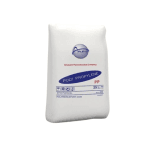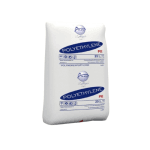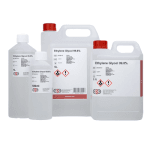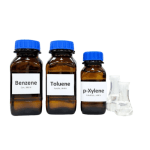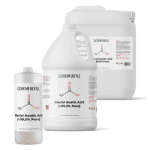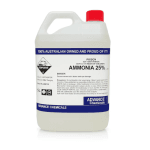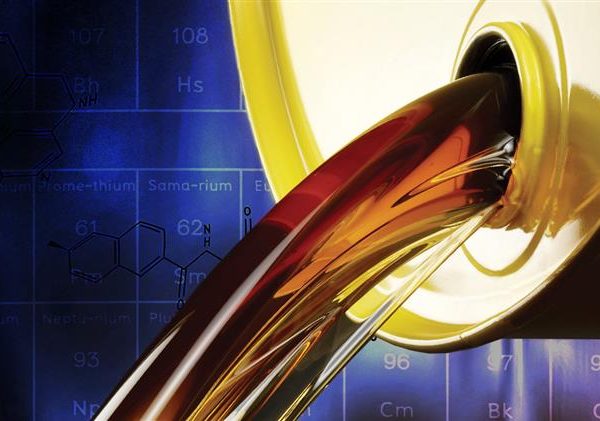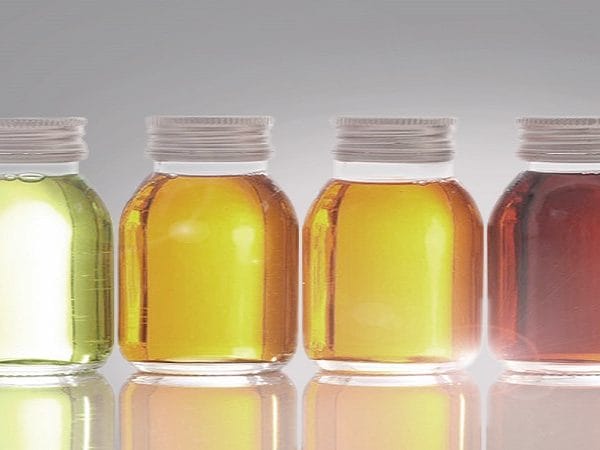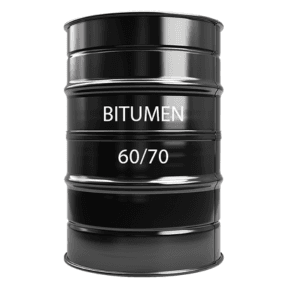About Base Oil
Base oil is produced by means of refining crude oil. This means that crude oil is heated in order that various distillates can be separated from one another. During the heating process, light and heavy hydrocarbons are separated – the light ones can be refined to make petrol and other fuels, while the heavier ones are suitable for bitumen and base oils.
There are large numbers of crude oils all around the world that are used to produce base oils. The most common one is a type of paraffinic crude oil, although there are also naphthenic crude oils that create products with better solubility and very good properties at low temperatures. By using hydrogenation technology, in which sulfur and aromatics are removed using hydrogen under high pressure, extremely pure base oils can be obtained, which are suitable when quality requirements are particularly stringent.

